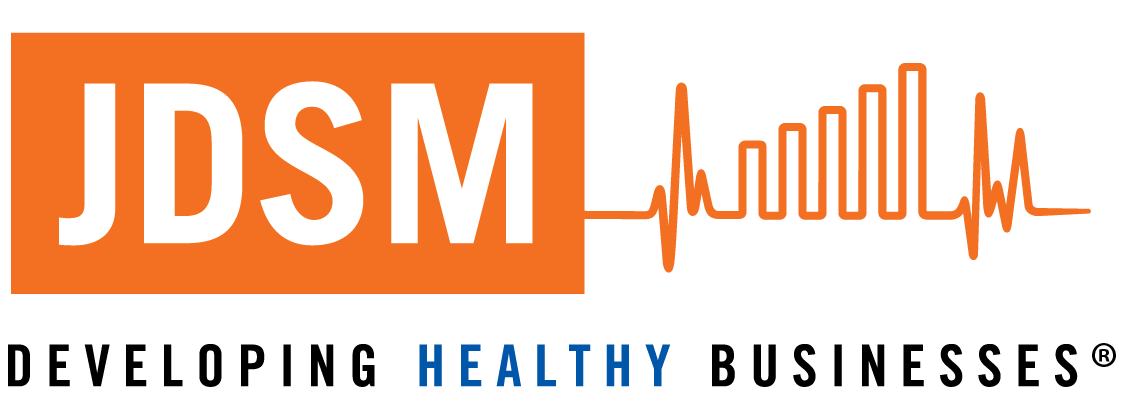By Ed Bierschenk, TAB Facilitator
Critical thinking is important in business, but we may sometimes find it a challenge to put on a different thinking cap. As leaders we take major actions every day, from hiring and firing to reviewing financial earnings reports, from participating in board meetings to handling a challenging customer service issue. Unfortunately, we often use our default decision shortcuts, this might lead us to make short-sighted decisions instead of slowing down and applying critical thinking to identify, understand, analyze and solve problems. Next time you are faced with a challenging situation it might be advantageous to put on try a different thinking hat and apply some of the following tips:
Tips for Building Critical Thinking Skills
Problem Identification– Business experts point out that failing to take sufficient time to clearly identify the problem before moving on to the next steps can result in solutions which are not optimal. We should take sufficient time up front to identify the problem and ask yourself “what am I trying to solve for?”
Question for Understanding –Questions are the absolute basics of critical thinking. The 5 W’s and the H (Who, What, Where, When, Why, and How) are foundational questions of which every critical analysis should be created. Apply these questions as follows:
Who: …would benefit? …would this harm? …is responsible? …has researched this before?
What: …is the other perspective? …would be the challenges? …are the strengths? …is the key subject?
Where: …would this problem reside? …are there similar situations? …can more information be found? …can this be improved on?
When: …is this acceptable and unacceptable? …could this be implemented? are we able to measure the results? …is it time to stop this action?
Why: …is this a problem? …is this relevant? …should this be known about? …is there a need for this?
How: …is this different to anything else similar to it? …it functions? … is this the truth about it? …could it harm anyone?
Understand Biases-Since critical thinking relies on facts, we all need to understand our biases so we can ensure these are not overly influencing our decision-making process. Strong critical thinkers always aim to look at information objectively. Confirmation bias, a common pitfall in critical thinking, creeps in when we only search for or reference sources that only support our preferred outcome.
Put on Different Thinking Hats-Edward deBono came up with the concept of “six thinking hats” to help us shift our thinking beyond our typical default approach.
Black Hat-thinkers and skeptics play devil’s advocate by discussing the challenges and obstacles that might inhibit progress. Black hat thinking is essential in effective strategic thinking.
Blue Hat-thinking requires setting the framework or structure up front. It establishes parameters as well as the expected outcome.
Green Hat- thinking is abstract and creative — it opens up discussion for the possibilities and alternative solutions.
Red Hat-thinking uses intuition and gut feeling which can be effective in instances where there’s ambiguity and uncertainty. Intuition and feelings may play an important role in selecting between two or more similar approaches.
White Hat—thinking uses statistics, reliable measures and concrete, factual information.
Yellow Hat– thinking supports win-win solutions, collaboration, engagement and coordination.
What Color is Your Thinking? Try on a New Hat!


